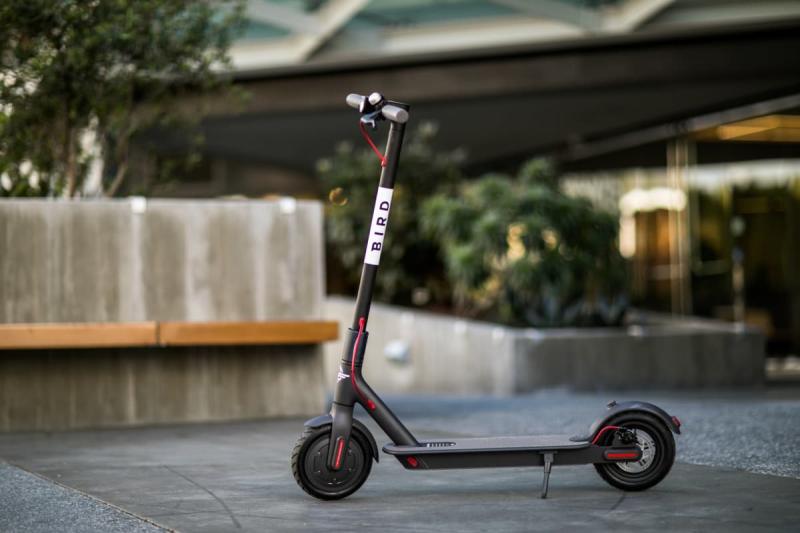Electric Scooters: The Rise of Electronic Scooters: How E-Scooters are Transforming Urban Transportation
The Arrival of Electric Scooters
Electric scooters first began appearing on city streets in 2017, introduced by startups like Lime and Bird as a convenient micro-mobility option. These companies dropped dozens or even hundreds of e-scooters overnight in cities across the US and Europe, letting users locate and unlock them using a smartphone app. Within months, e-scooters could be seen everywhere as more companies joined the space.
An Alternative to Ridesharing and Public Transit
As ridesharing services like Uber and Lyft became increasingly popular downtown, they contributed to traffic congestion. Meanwhile, public transportation wasn't always a viable option for short trips or trips to less central areas of large cities. E-scooters emerged as an appealing alternative that allowed people to travel point-to-point quickly without having to search for or pay for parking. For shorter trips under 5 miles, e-scooters are competitive with cars in terms of travel time and provide a socially-distanced mode of transport during the pandemic.
Rapid Adoption in Major Cities
Major cities quickly embraced e-scooters due to their ability to fill gaps in existing transportation networks. In the first year, scooter trips surpassed 38 million across the US and Europe. By 2020, the top three markets - California, Texas, and Florida - were supporting over 30,000 e-scooters each. According to the National Association of City Transportation Officials, e-scooter trips grew by more than 60% from 2018 to 2019 in many large US cities, with ridership reaching over 3 trips per resident in some areas. Companies deployed thousands of scooters daily to adjust to evolving demand patterns.
Growing Revenues Despite Operational Challenges
Despite the high costs of operations and regulatory uncertainty, micro-mobility startups reported significant revenues from e-scooters. Lime saw over $335 million in revenues in 2018 while Bird reportedly had over $206 million in revenues that same year. However, profitability remained elusive due to the expenses of vehicle acquisition, distribution and maintenance costs, as well as theft, vandalism, and vehicle lifespan averaging just 30-90 days. Companies faced unique challenges ensuring orderly urban deployment, rider safety, and equitable access. The sudden influx of dockless scooters led some cities to impose temporary moratoriums until regulations could be established.
New Regulations to Address Safety and Accessibility Issues
In response, many cities developed permitting processes and passed new laws specifically for e-scooters. Regulations addressed issues like mandated parking areas, speed limits, helmet requirements, and overnight removal for maintenance and storage. Some cities established caps on the total number of scooters per operator or introduced fees intended to offset costs associated with increased infrastructure demands. Others requested plans to achieve sustainability goals or expand service in underserved areas. Some locations banned riding on sidewalks altogether and imposed moving violation penalties for reckless riders. Overall, regulations aimed to balance the benefits of scooter transit with safety and quality of life concerns.
Evolving Design and Technology Enhancements
Scooter manufacturers and operators concurrently improved their vehicles and services. Newer models were equipped with larger batteries allowing longer range, dual braking systems, and integrated lights for visibility. Software updates allowed for remote speed limiting in certain areas or times of day. Some scooters introduced tandem seating, wheel protectors, and suspension to expand their appeal beyond typical point-to-point city trips. Operators began incentivizing proper parking through destination-based pricing and using geofencing technology to restrict access to authorized zones. Larger companies collaborated directly with cities on data sharing, equity initiatives, and integrated payment options. Together, these innovations helped address policymaker concerns while growing micromobility even more mainstream.
Future Growth Despite New Challenges
While the pandemic impacted ridership levels in 2020, the long term outlook for e-scooters remains positive. As cities densify and populations grow, demand for flexible first-mile/last-mile transport connecting to subways and buses will only rise, especially for occasional leisure trips. Some predict micromobility trip volumes could reach 100 million annually in the coming years. Investors also continue pouring billions into the sector.
In Summary, operators now face new hurdles like price competition from cheaper competitors, sustainability pressures to extend scooter lifespans, and potential oversaturation negatively impacting profitability if unregulated dumping recurs. While e-scooters have already revolutionized urban mobility, their role may further evolve as technologies and business models adapt to withstand uncertainties ahead.
Get more insights on Electric Scooters
